Multi-Benefit Recharge
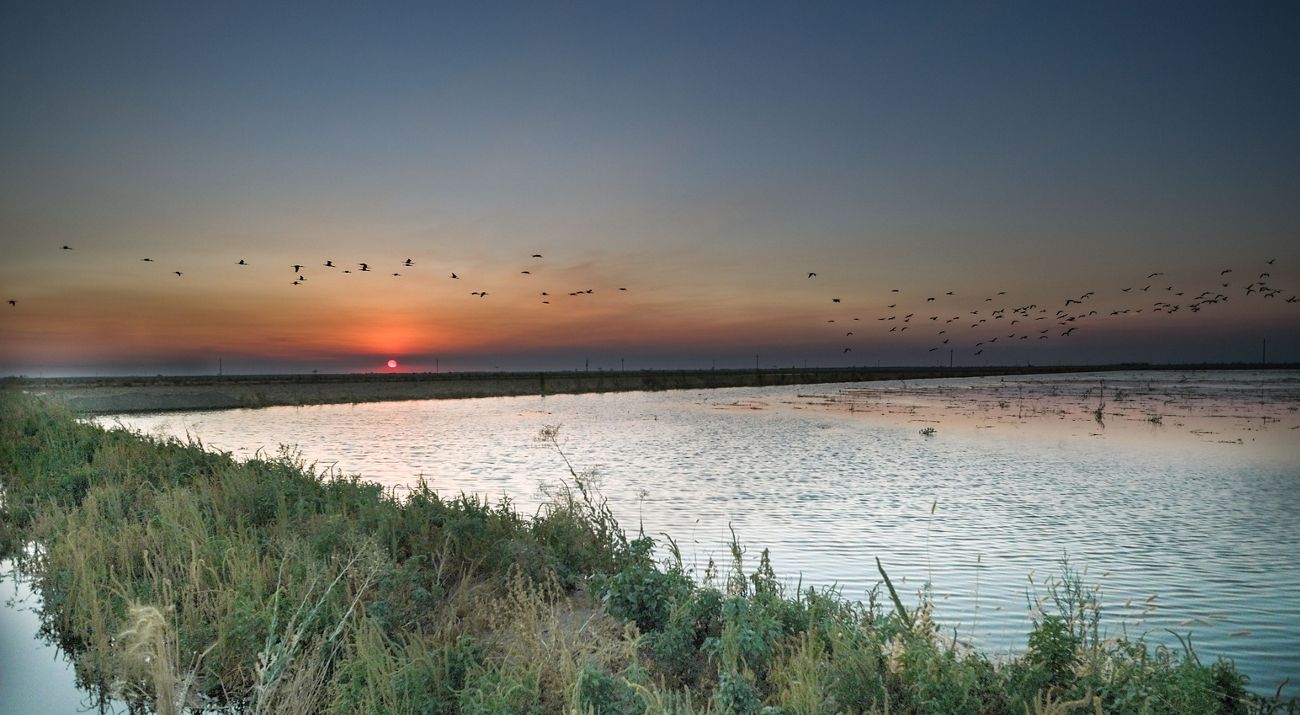
Groundwater recharge is an important tool that can help achieve groundwater sustainability in California.
By storing water underground in wet years when surface water is available, we can replenish our aquifers, build resilience for future droughts, and support all groundwater users. With thoughtful design, managed recharge projects can also provide ecological benefits, along with other co-benefits such as flood risk reduction and increased water supplies. Early integration of ecological goals and co-benefit opportunities into project planning can help recharge projects achieve gains for both our water supplies and nature.
The Nature Conservancy is working to advance recharge strategies and projects that deliver the ecological benefits described below, helping ensure that groundwater sustainability efforts also support healthy ecosystems.
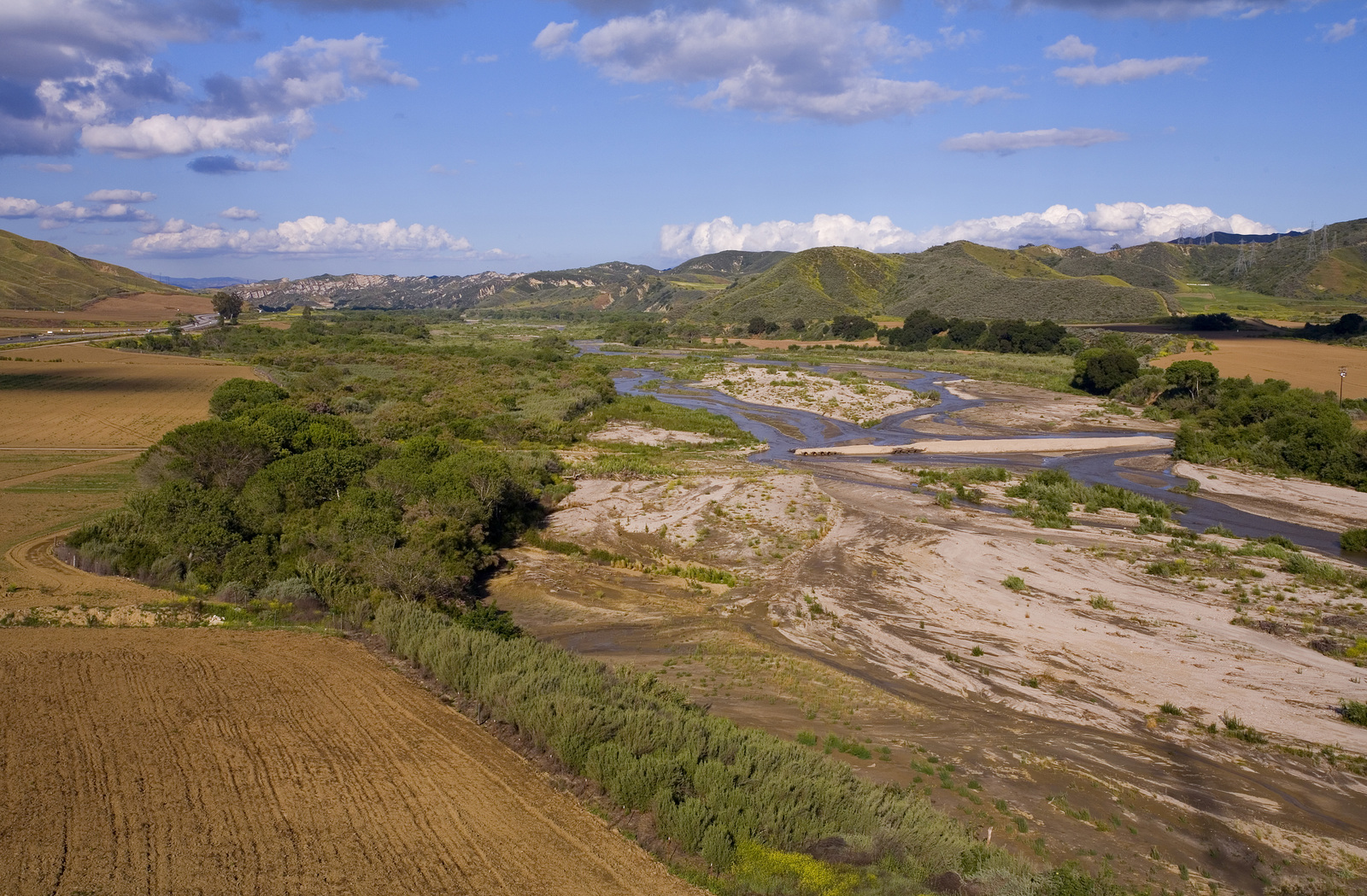
Designing Project Diversions to Protect River Function
In some cases, water diverted for recharge projects can place a new demand on our surface water systems. To avoid harming freshwater habitats in an effort to benefit groundwater resources, ecologically protective instream flows must be considered and implemented into recharge planning to prevent impacts.
Diversion criteria for managed recharge projects should be designed to ensure protection of functional river flows. Water diversions from rivers and streams for recharge should avoid removing or significantly altering ecological functions, including: cueing flows that help trigger movement of migratory fish or birds; the frequency, duration, and extent of 2-year, 5-year, and 10-year recurrence interval peak flows that inundate floodplains and create river channels and habitat; elevated wet-season baseflow and flow variability that provide quality habitat for aquatic species; and flows sufficient to maintain sediment transport processes throughout the river system.
Learn more about a Functional Flows approach to implementing Flood-MAR
Access the California Natural Flows Database to View Predicted Flows across the State
And Utilize the Functional Flows Calculator to Support Informed Environmental Management
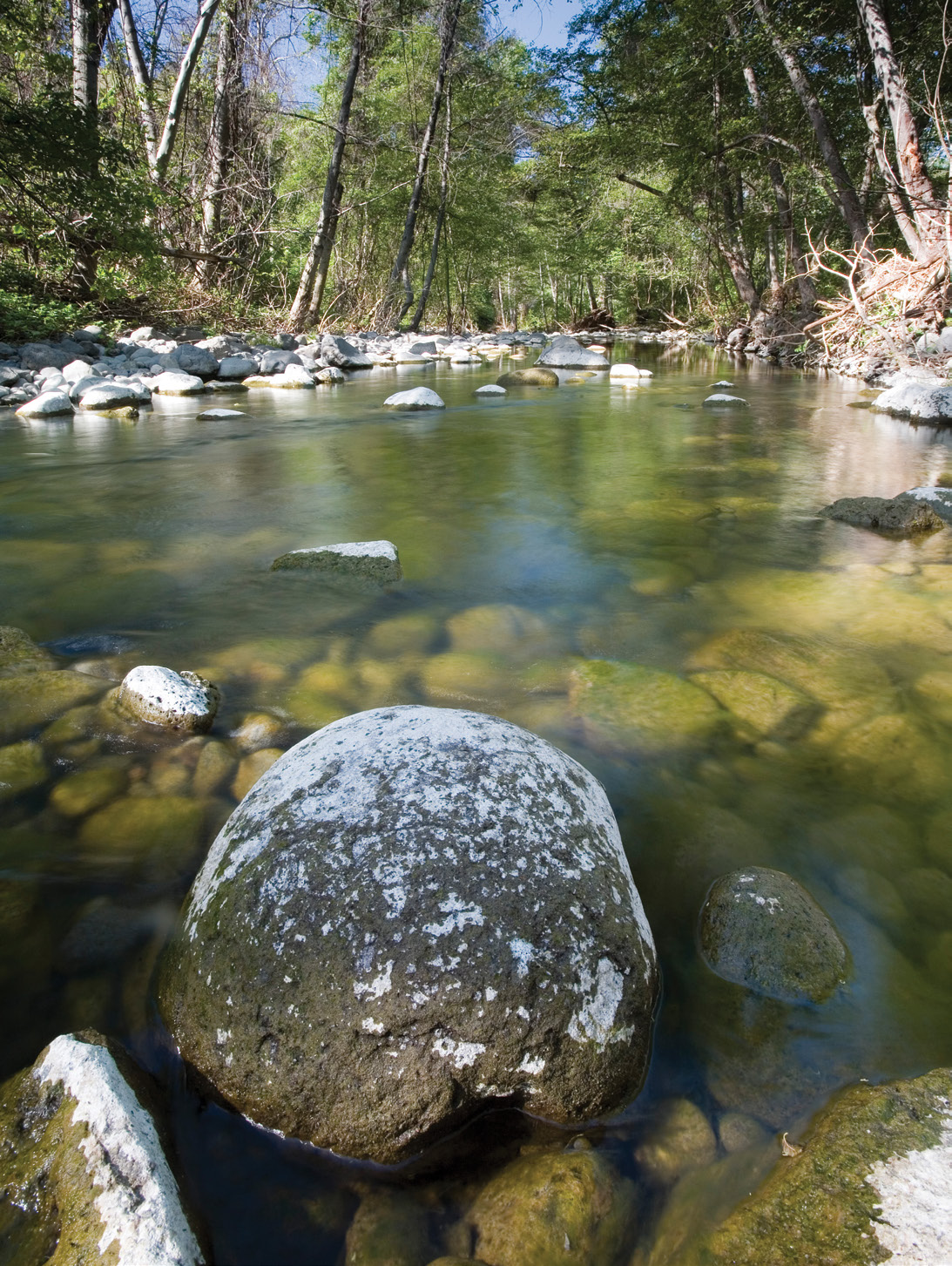
Supporting Dry-Season Baseflows and Groundwater Dependent Ecosystems
Recharge projects can be placed in strategic locations and designed to replenish shallow groundwater aquifers that support both instream and terrestrial groundwater dependent ecosystems (GDEs).
Groundwater baseflow supports dry-season flows in rivers interconnected with shallow aquifers and helps maintain water quality, cooler temperatures, and critical over-summering habitat for juvenile salmon and other native fish species. Additionally, recharged groundwater can be used to replace some dry-season surface water diversions, helping to sustain instream flows during a time of year when they are often limited.
Replenishing shallow aquifers can also improve conditions for deep-rooted vegetation that relies on groundwater for supply, especially during dry seasons and droughts.
Visit our GDE Pulse Tool to assess changes in GDE Health
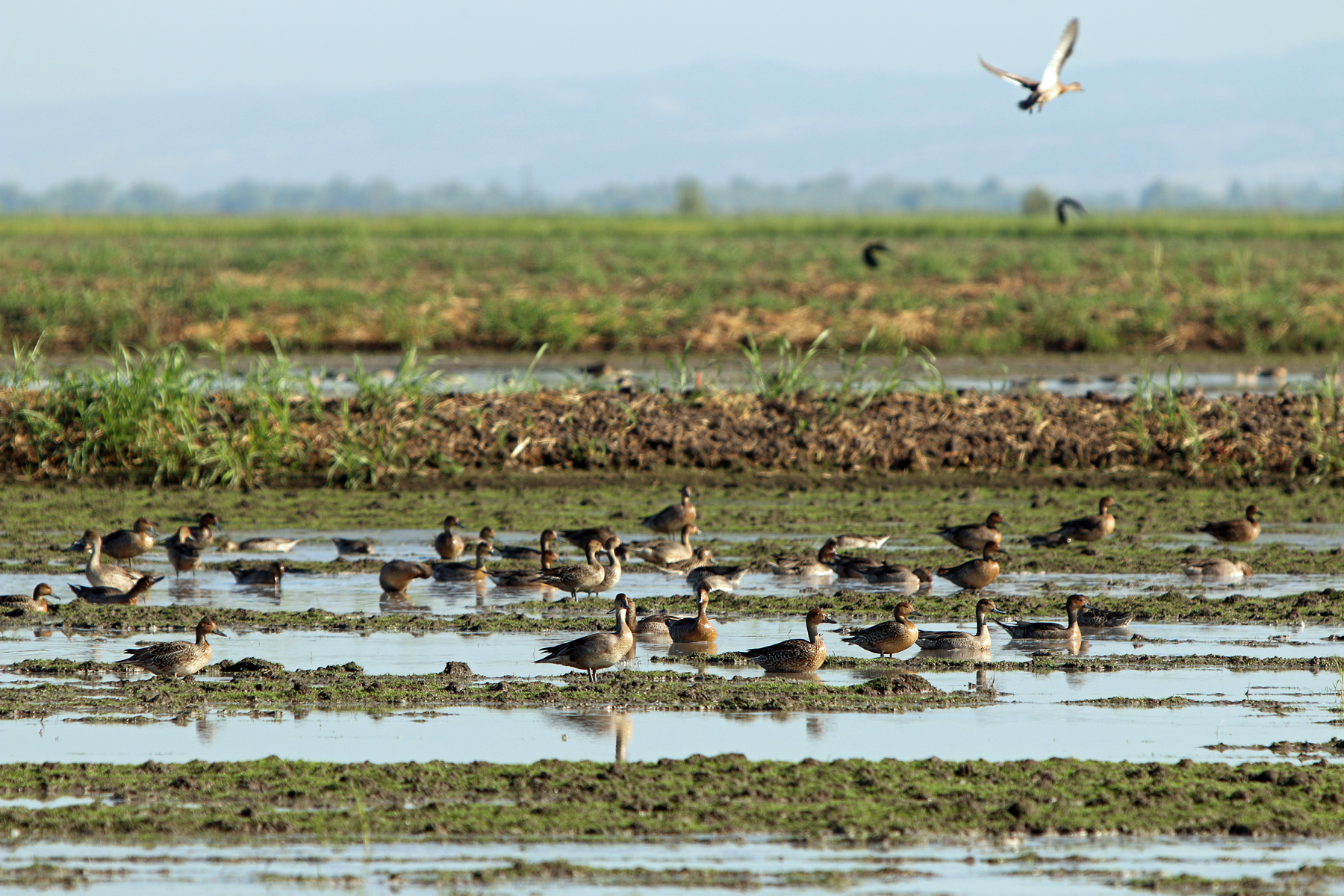
Creating Habitat for Waterbirds and Other Wildlife
Dedicated recharge basins and on-farm recharge projects can be designed to provide habitat benefits for waterbirds and other species that have a critical need for wetland habitat.
Each year in late spring and late summer, shorebirds like sandpipers and plovers migrate thousands of miles along the Pacific Flyway, stopping in California’s Central Valley to rest and refuel. With over 95% of historic wetlands lost in California, shorebirds and many other wetland species often have nowhere to stopover on long journeys. Some waterbird populations are steeply declining, including shorebirds, which have seen a 40% decrease over the last 50 years.
Recharge projects can help offset critical habitat deficits for waterbirds when habitat is most needed in late summer and early fall by undertaking pre-irrigation groundwork to keep emergent vegetation and crop residue cover to 40% or less to ensure open habitat for shorebirds and by maintaining shallow water depths (ponded mud flats to 4 inches maximum).
Learn How to Design a Recharge Project with Migratory Bird Habitat Benefits
Explore Ways to Create Waterbird Habitat in On-Farm Recharge Projects
Access EDF's Guide to Building MultiBenefit Recharge Basins
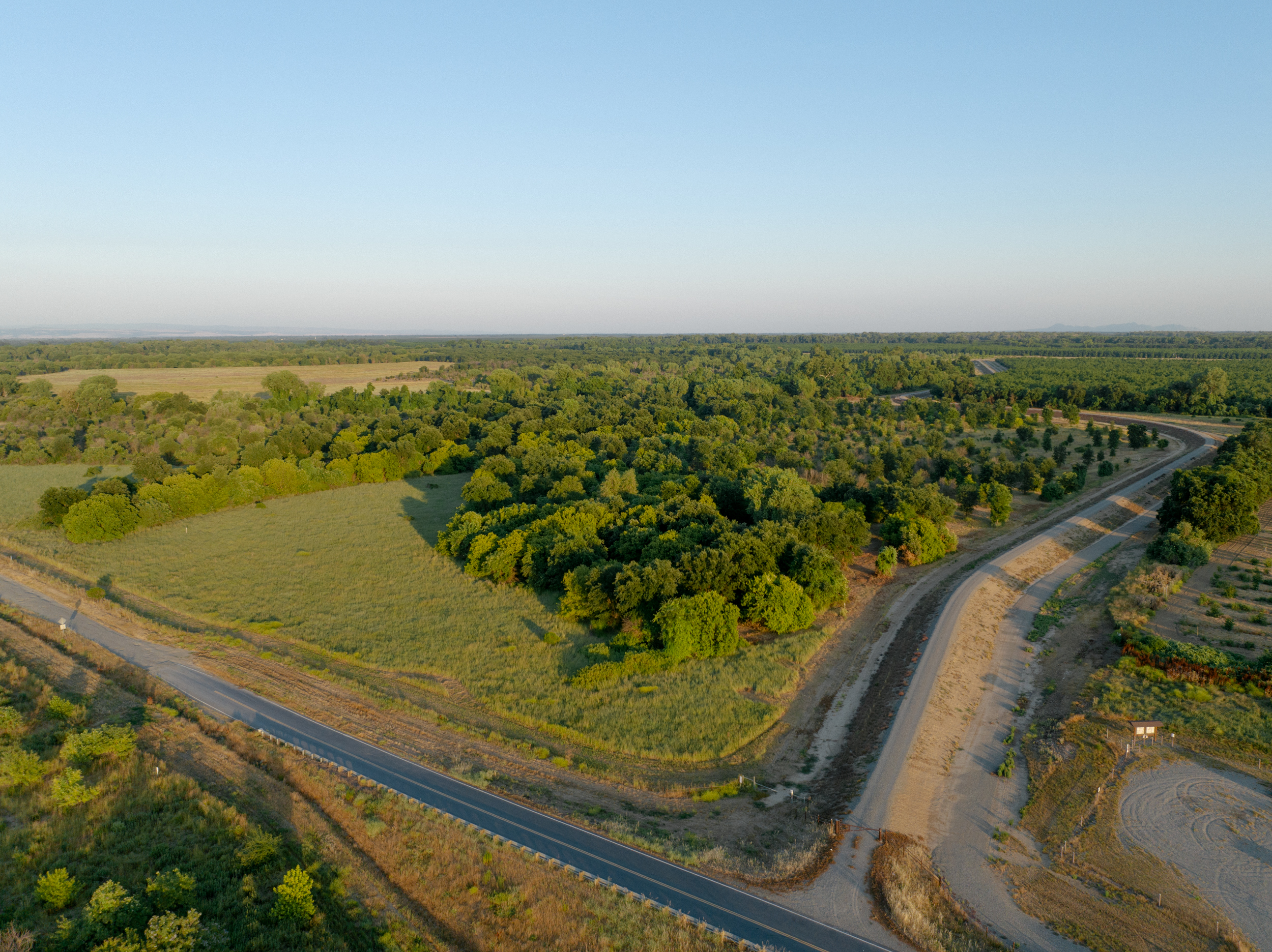
Reconnecting Floodplains
Managed recharge projects that direct water onto historical floodplains or other habitat remnants can provide benefits including floodplain inundation, riparian vegetation support, and sediment storage. These projects may have fewer instream flow trade-offs than projects disconnected from the stream channel, and they can be designed to provide additional habitat benefits for waterbirds or other species.
Reconnecting Floodplains in Action: Hamilton City Case Study

Replenishing Aquifers
Groundwater recharge projects can also contribute to aquifer replenishment and help to achieve long-term groundwater sustainability. Specific strategies for ensuring that recharge projects contribute to aquifer replenishment vary but may include: investments in recharge projects coupled with demand management actions; sustainability leave-behinds; or local GSA accounting or crediting programs.